Photo Essay: A Chocolate Maker Journeys to the Cacao Source
by Lucia Austria
This past April, I had the wonderful opportunity to visit the Dominican Republic to learn how cacao beans are produced, thanks to my employer, Taza Chocolate. Taza prides itself on being a “bean to bar” company, so I associate the smell of “farm” and “cacao” with the kilo sacks of dried beans we store in the factory, ready to be roasted, ground, and made into chocolate. I never thought I’d have the chance to visit the cacao farm and fermentery where our beans are from!
I’ve learned that it takes a lot of time, labor, and love to produce cacao beans for chocolate consumption. The farmer gives much care to his trees, which require ample moisture and shade from the hot tropical sun. The pods are also prone to fungal blights, so constant attention is necessary. Within each pod are the beans, surrounded by sweet, delicious flesh called “baba.” The beans themselves are bitter and require a week of fermentation to bring out the fruity notes of each bean. I visited Taza’s main source for fermented beans, a small cooperative called La Red Guaconejo, just outside of the town of Nagua. The fermenter’s attention and skill to the process is crucial to developing the right bacteria to bring out the beans’ flavors. They are then dried on large outdoor beds, packed, and shipped right to Somerville, MA.
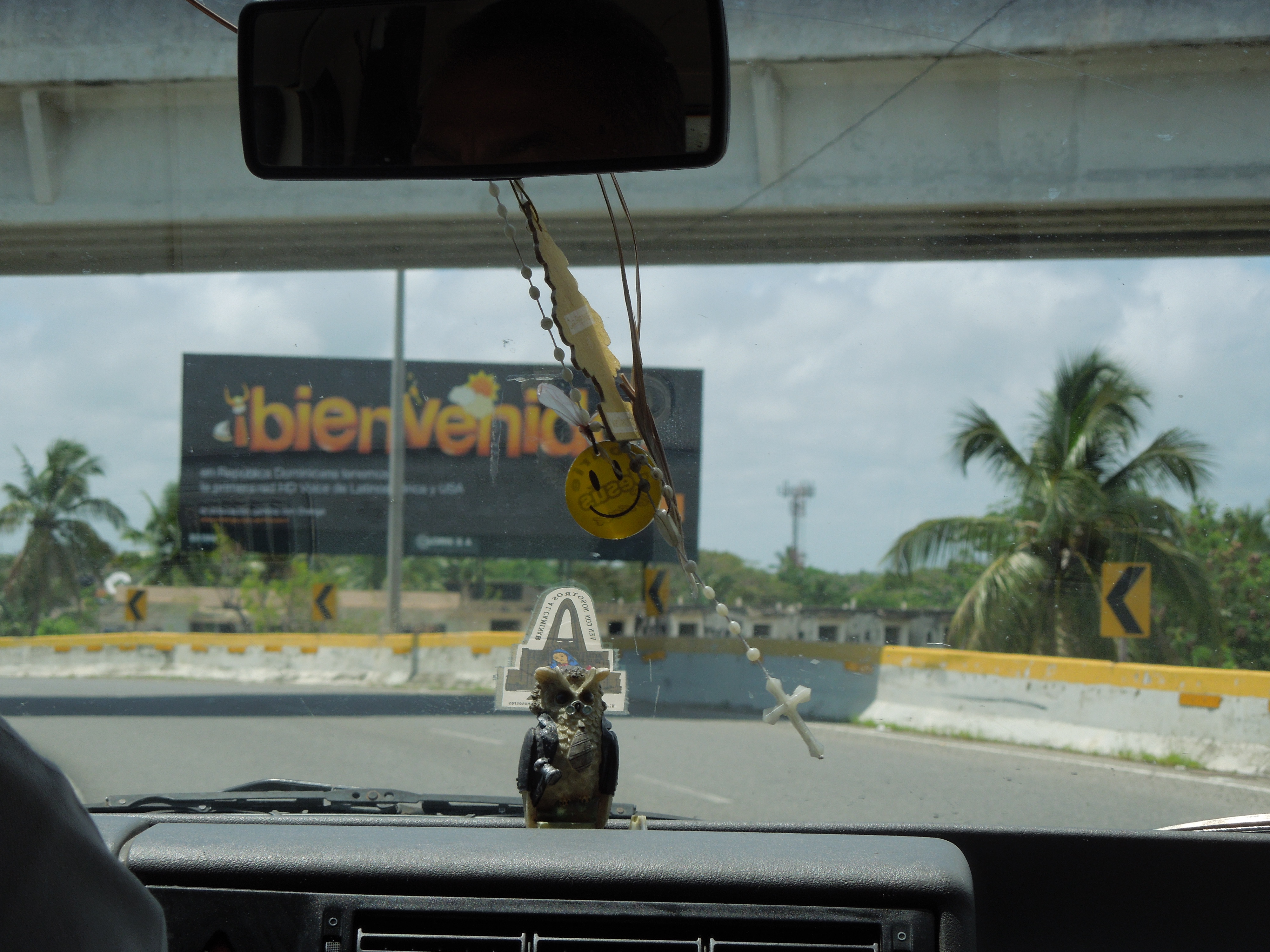
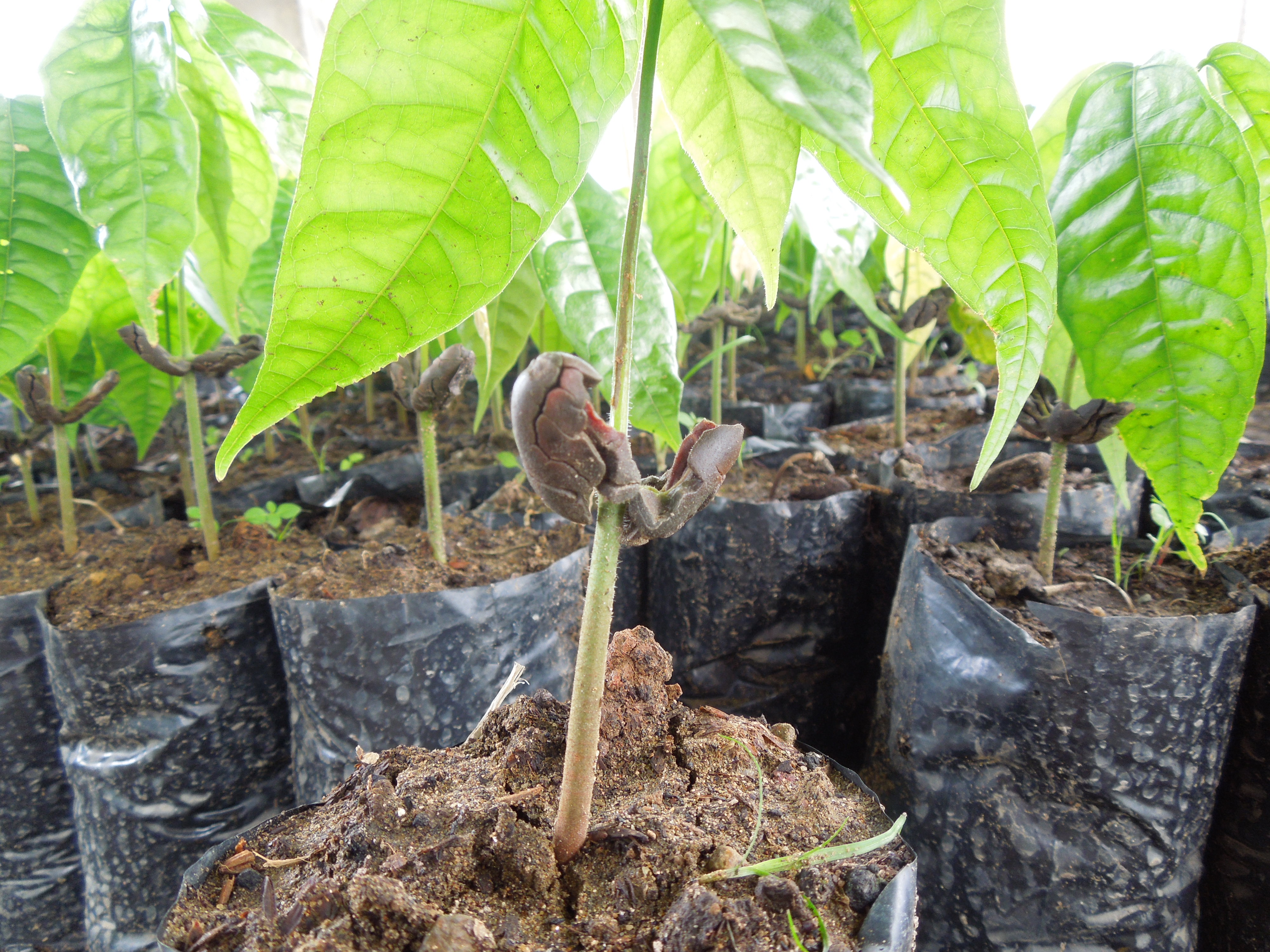
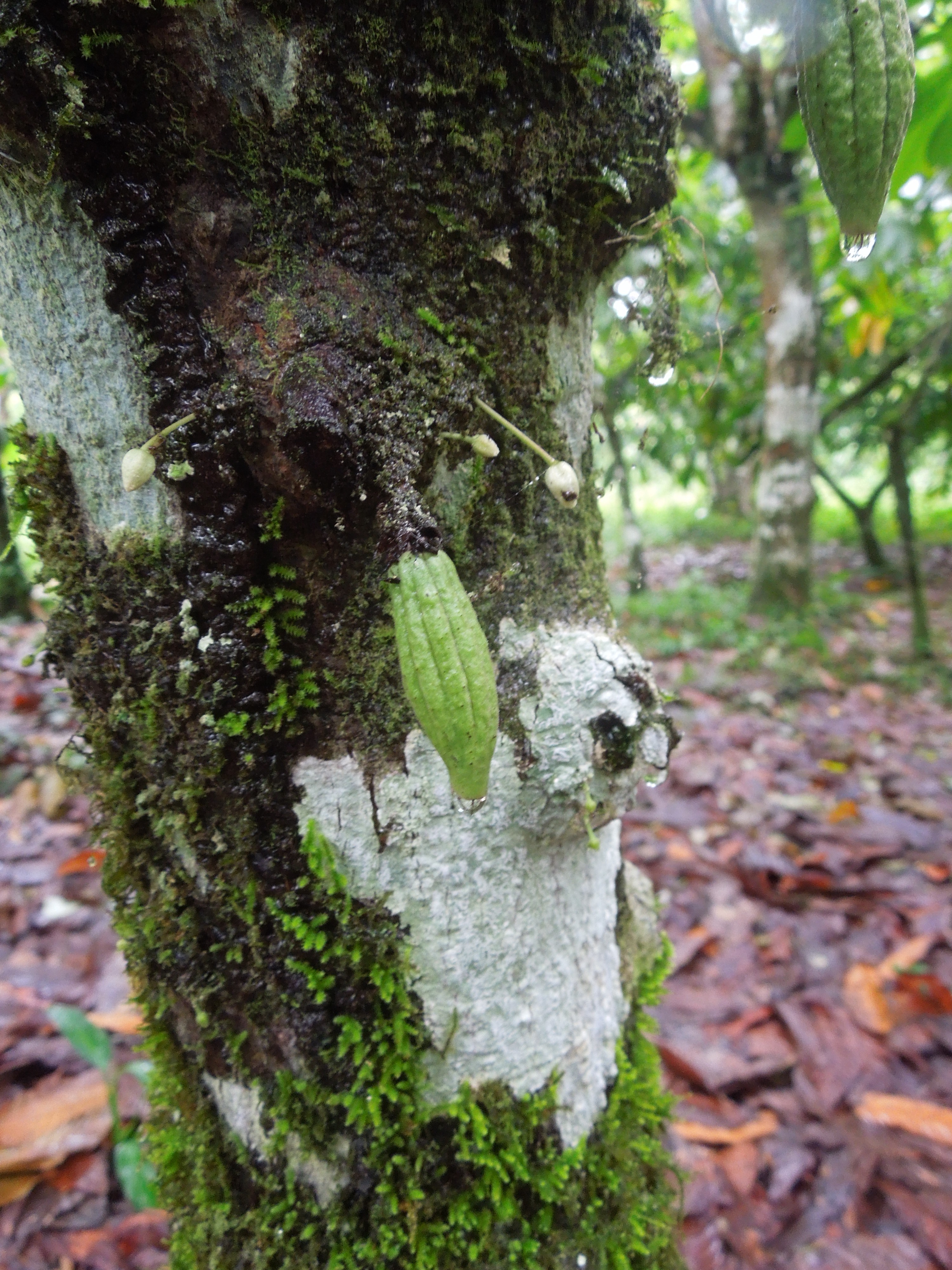
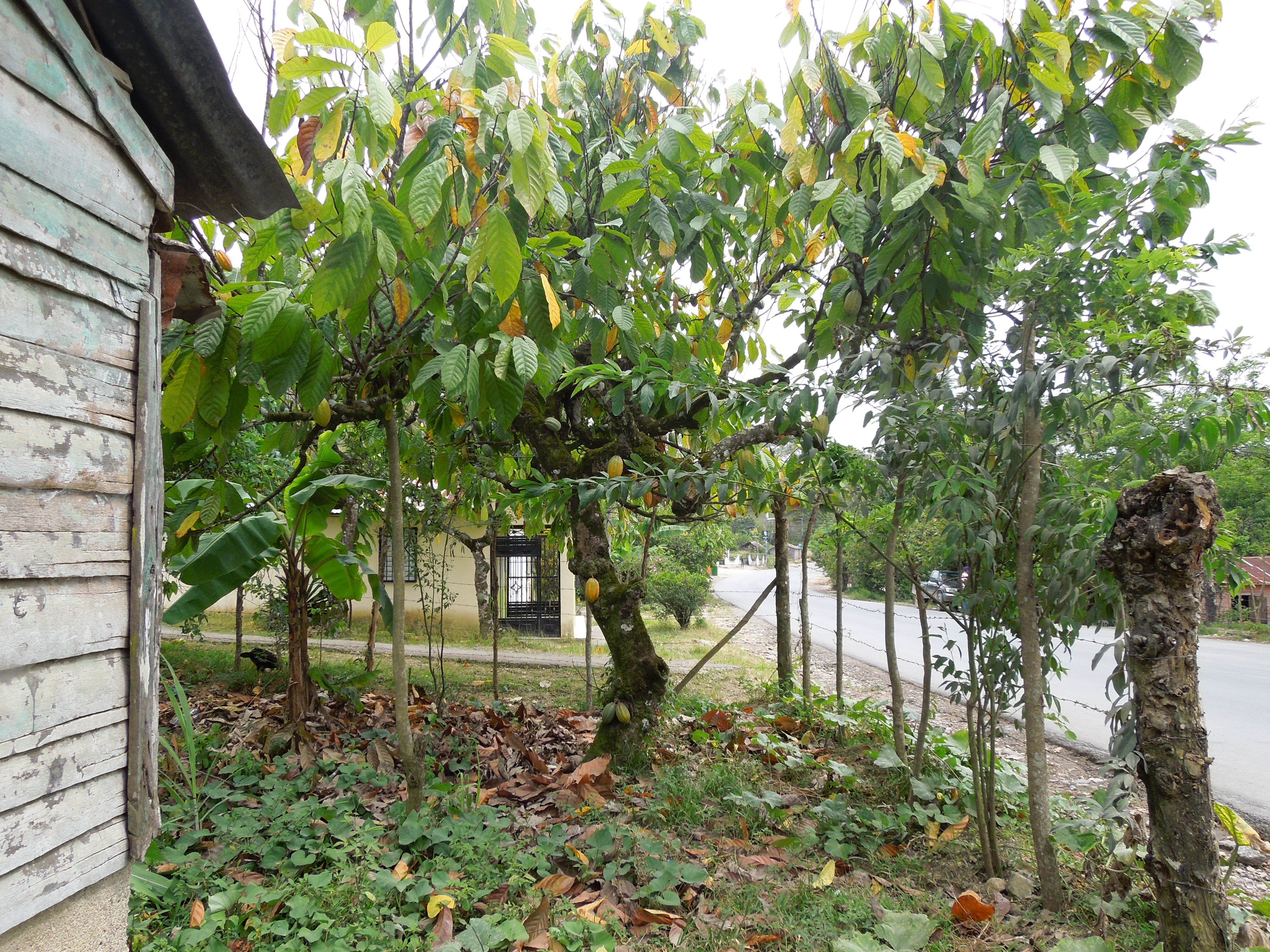
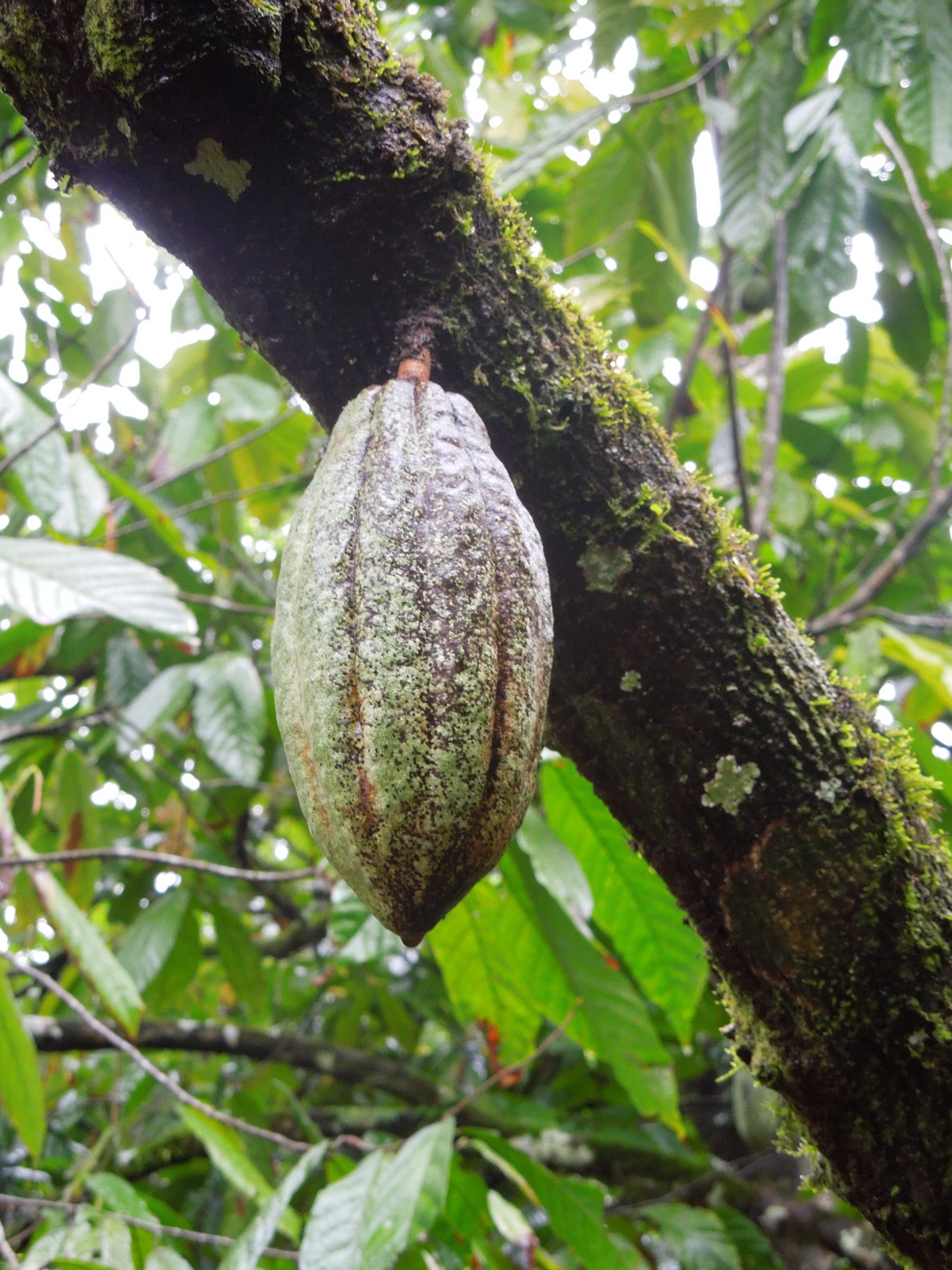
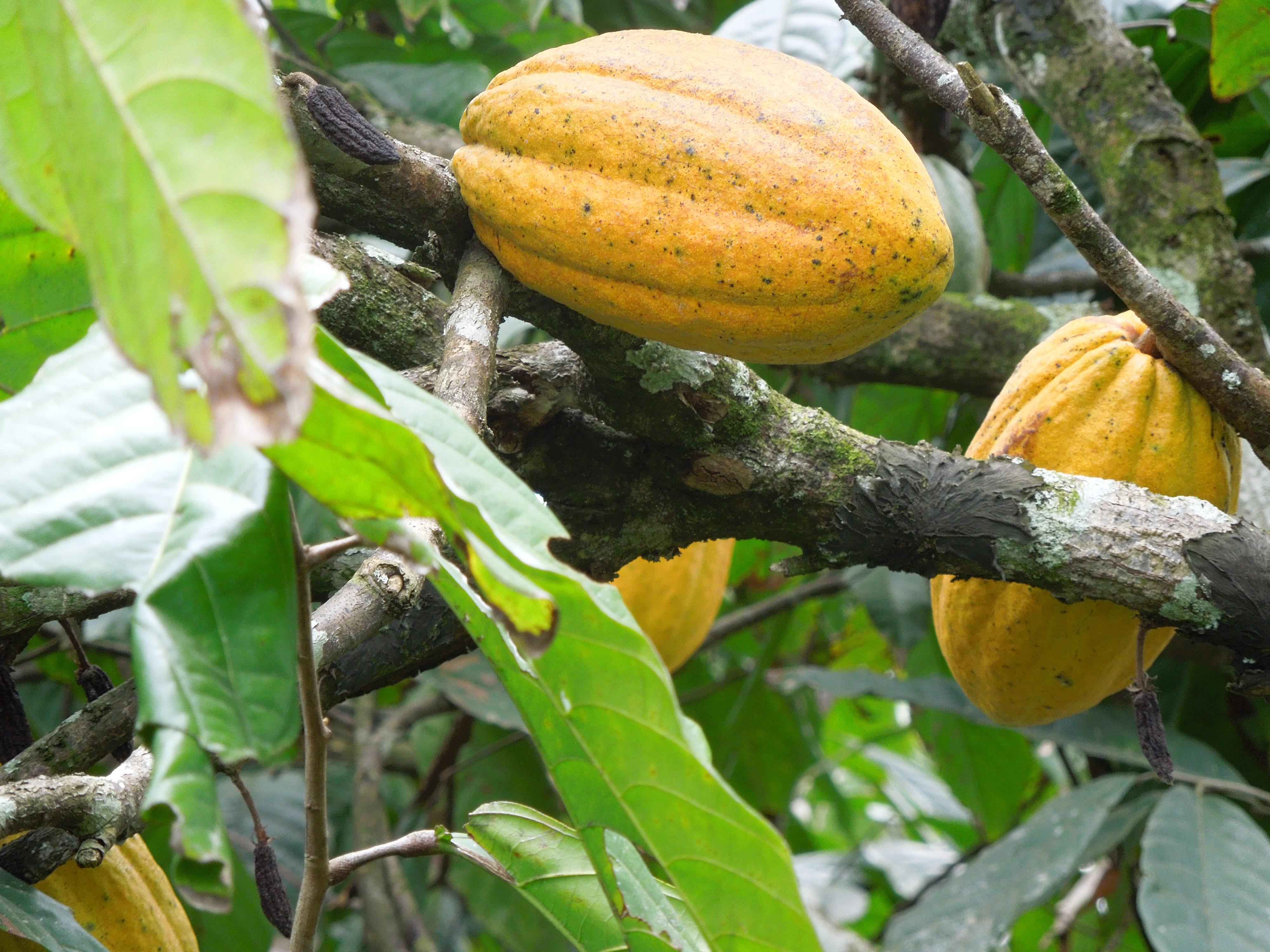
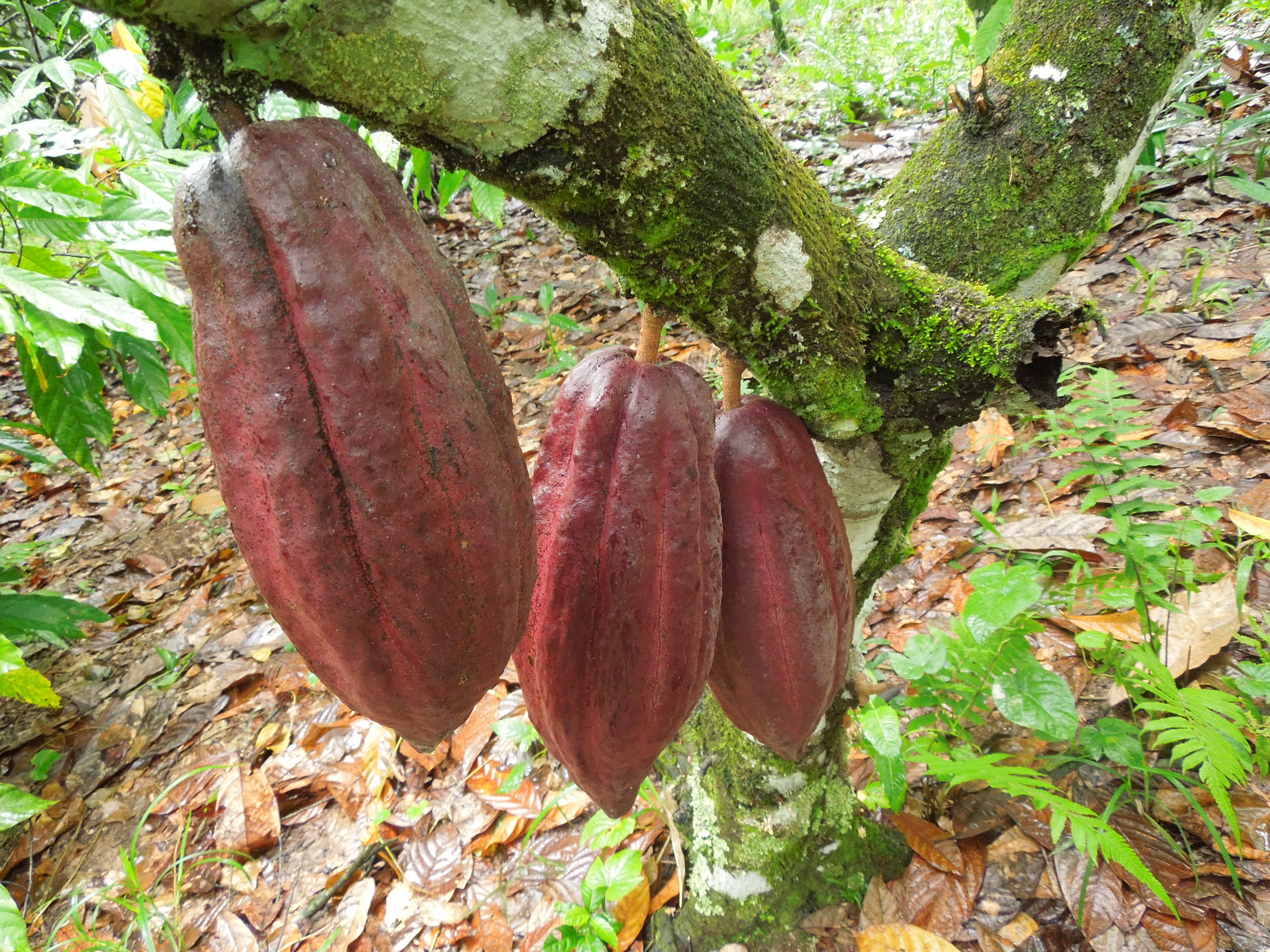
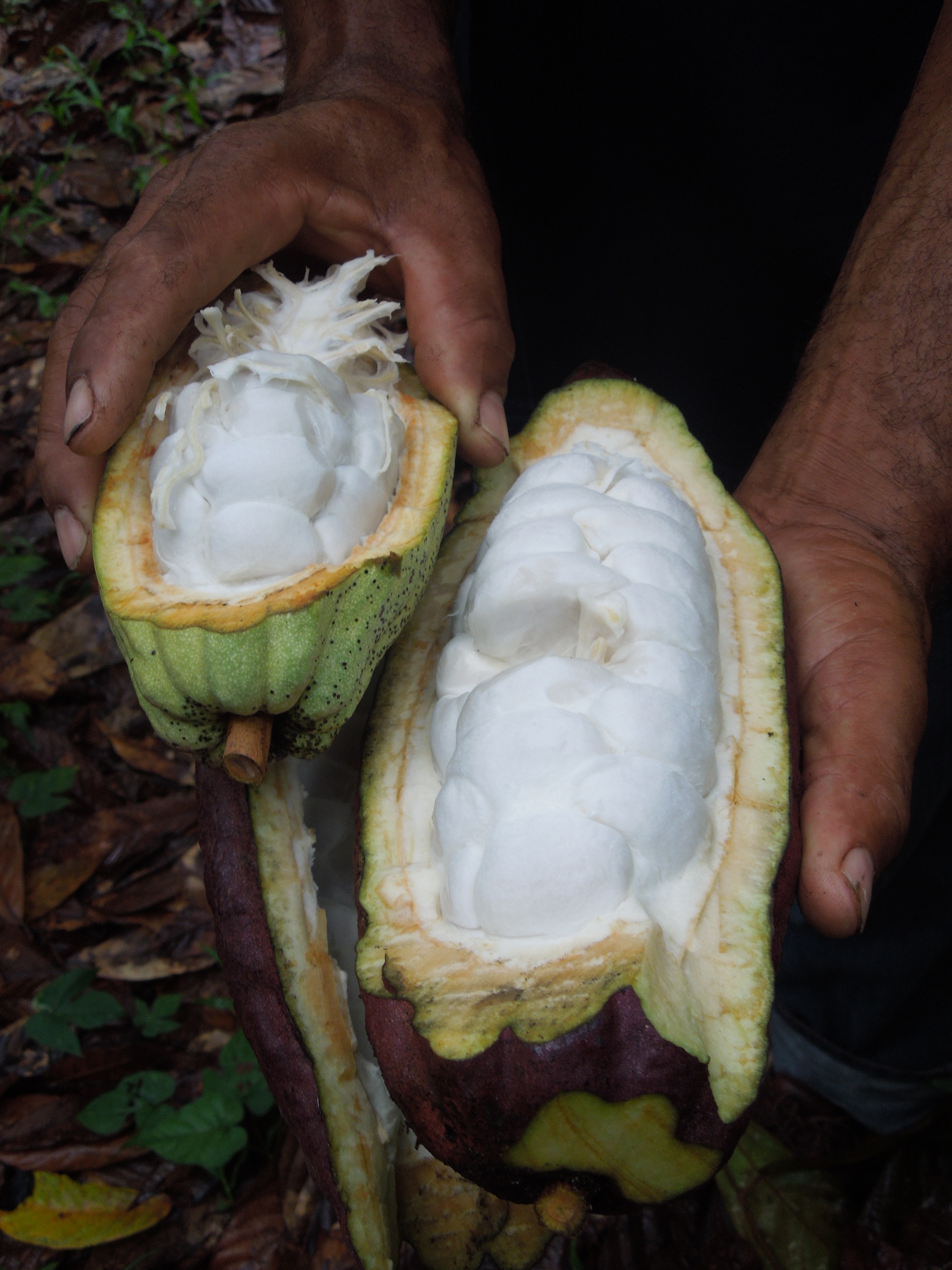
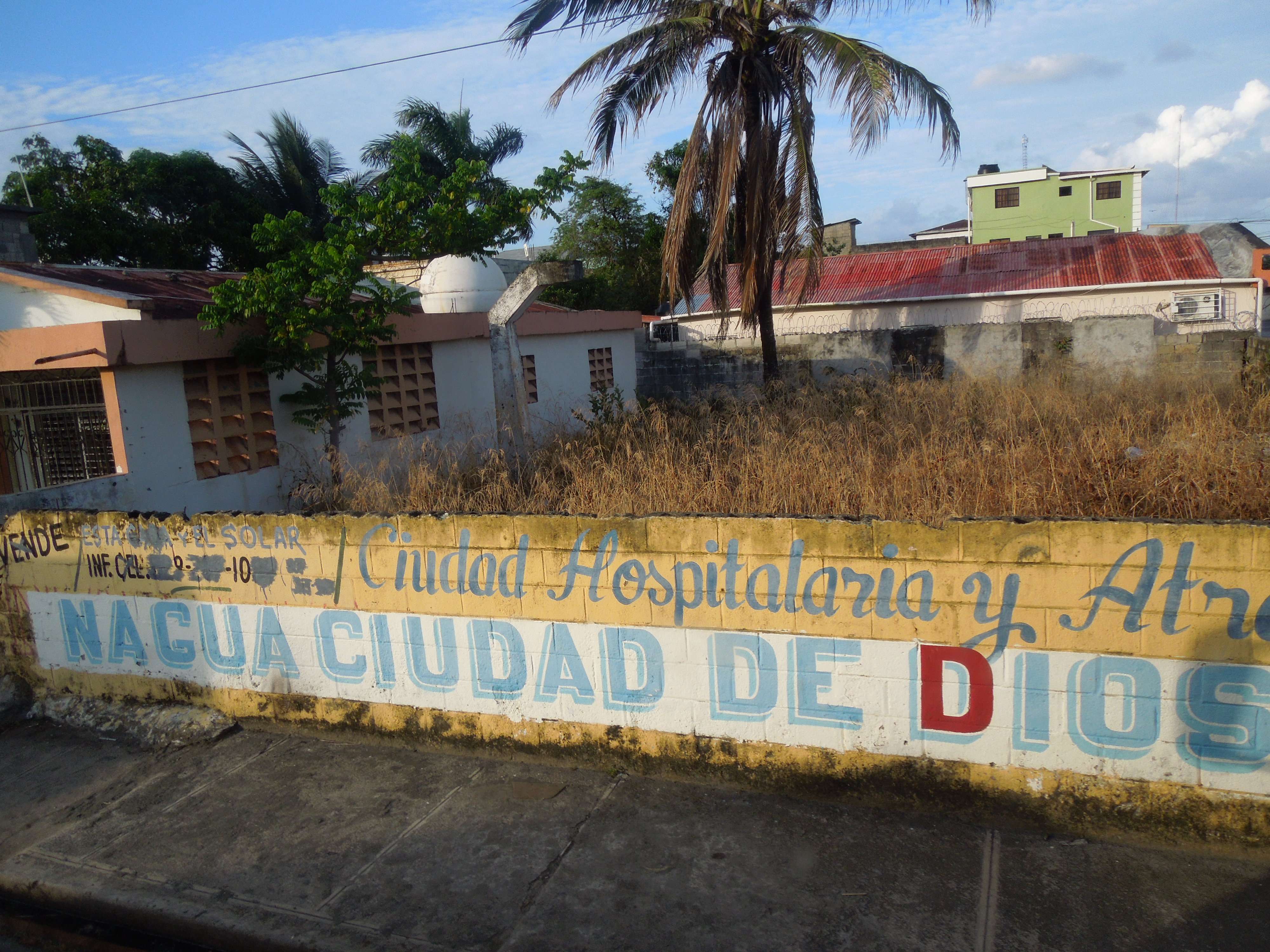
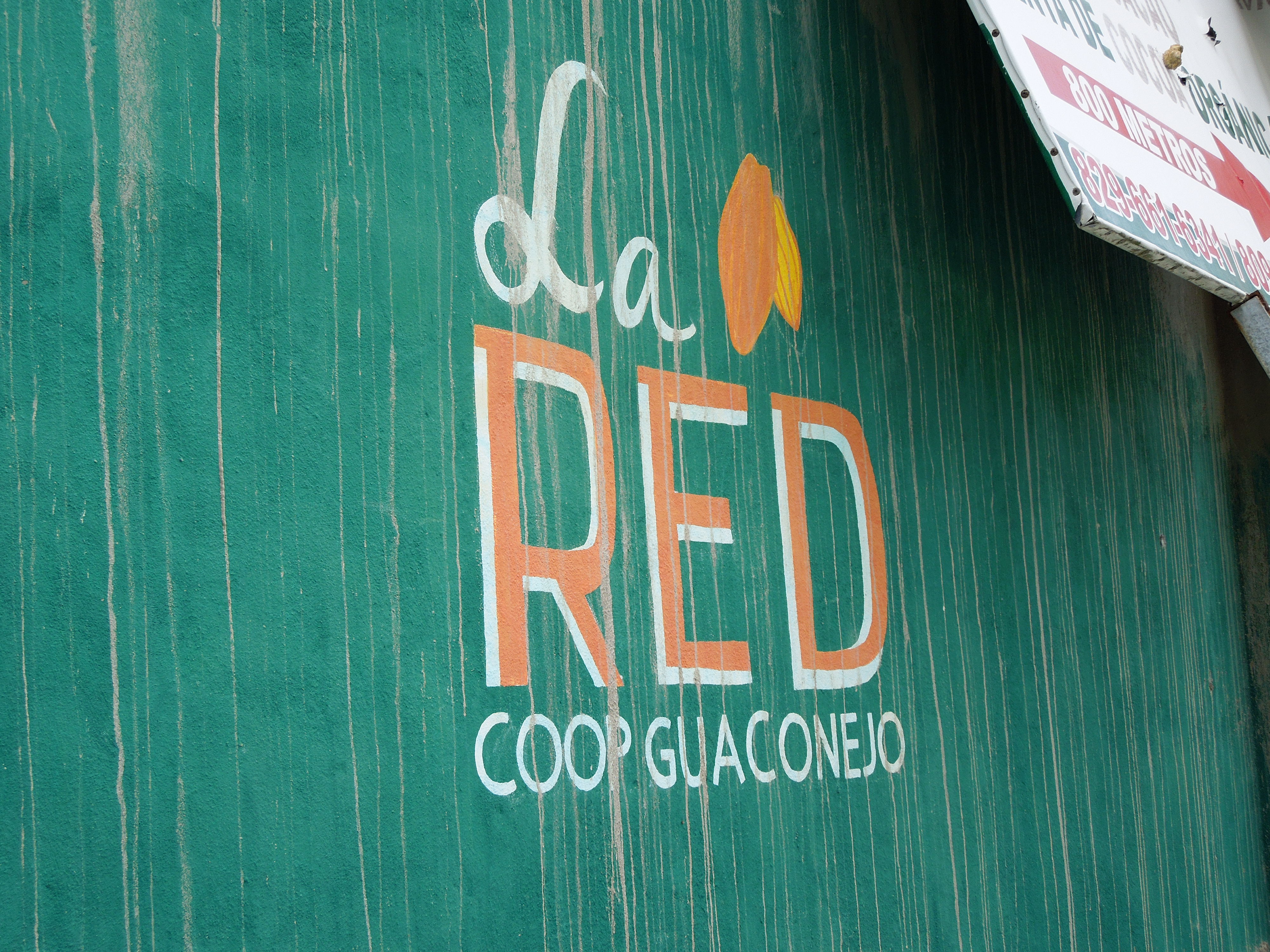
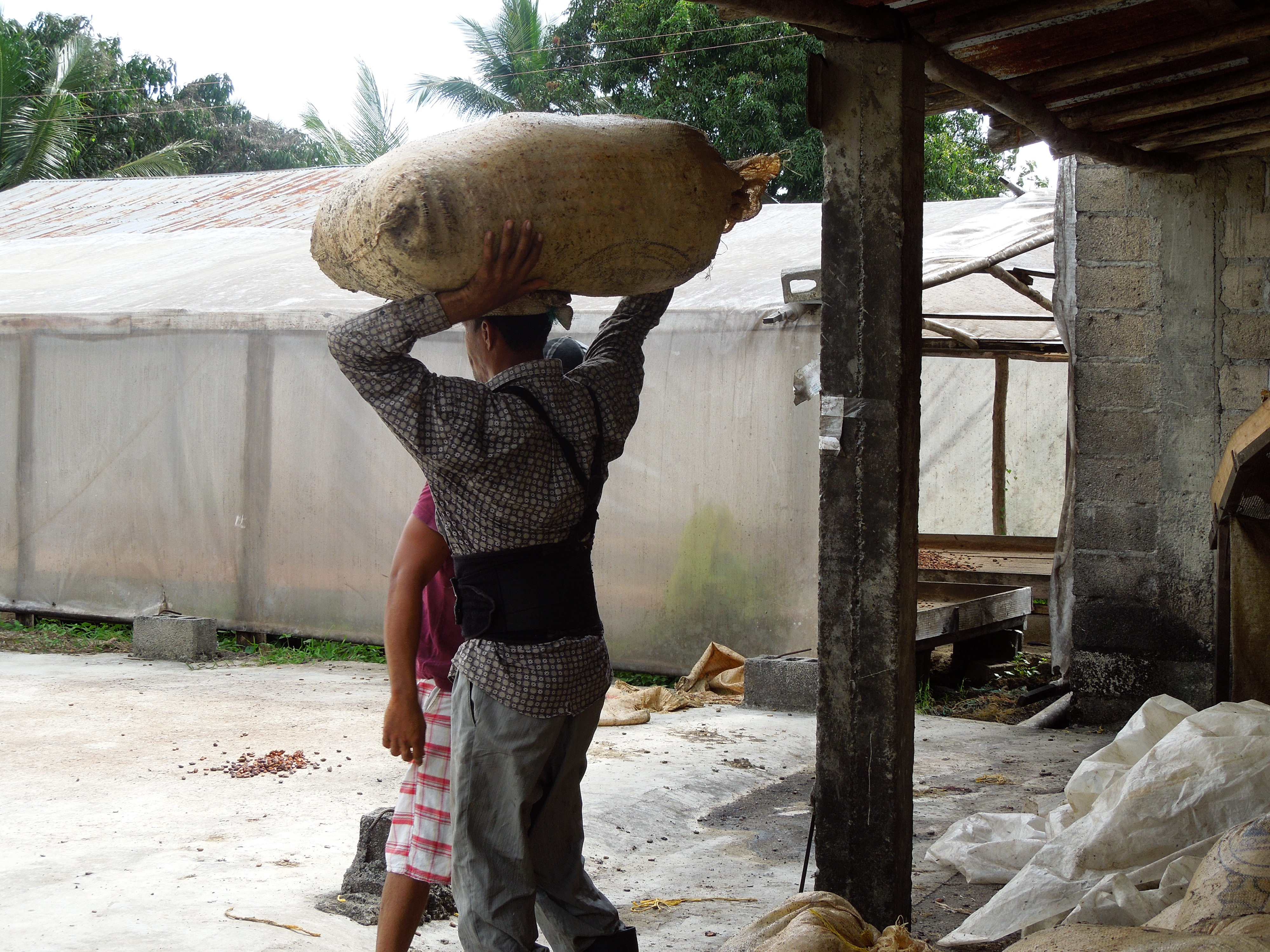
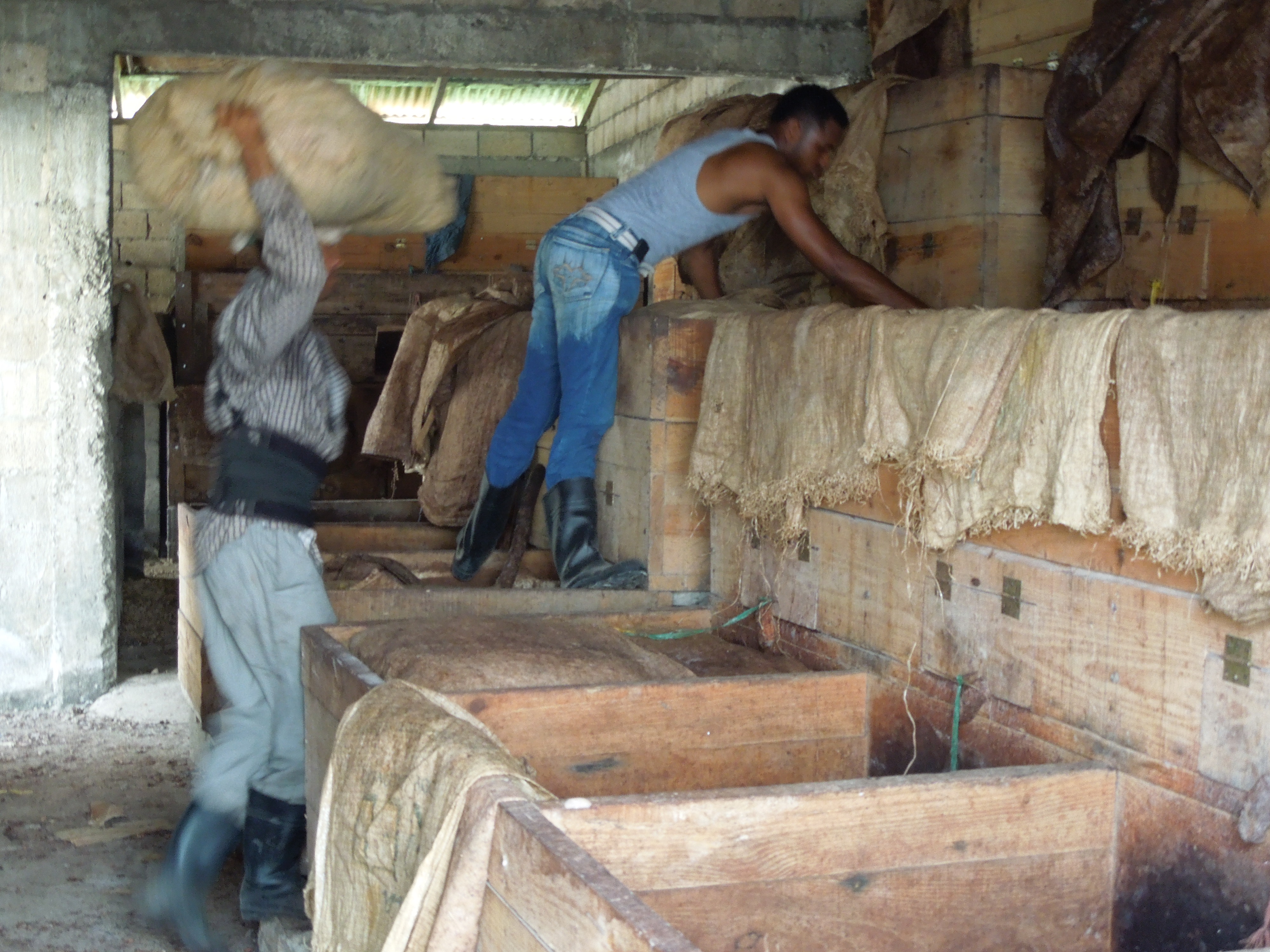
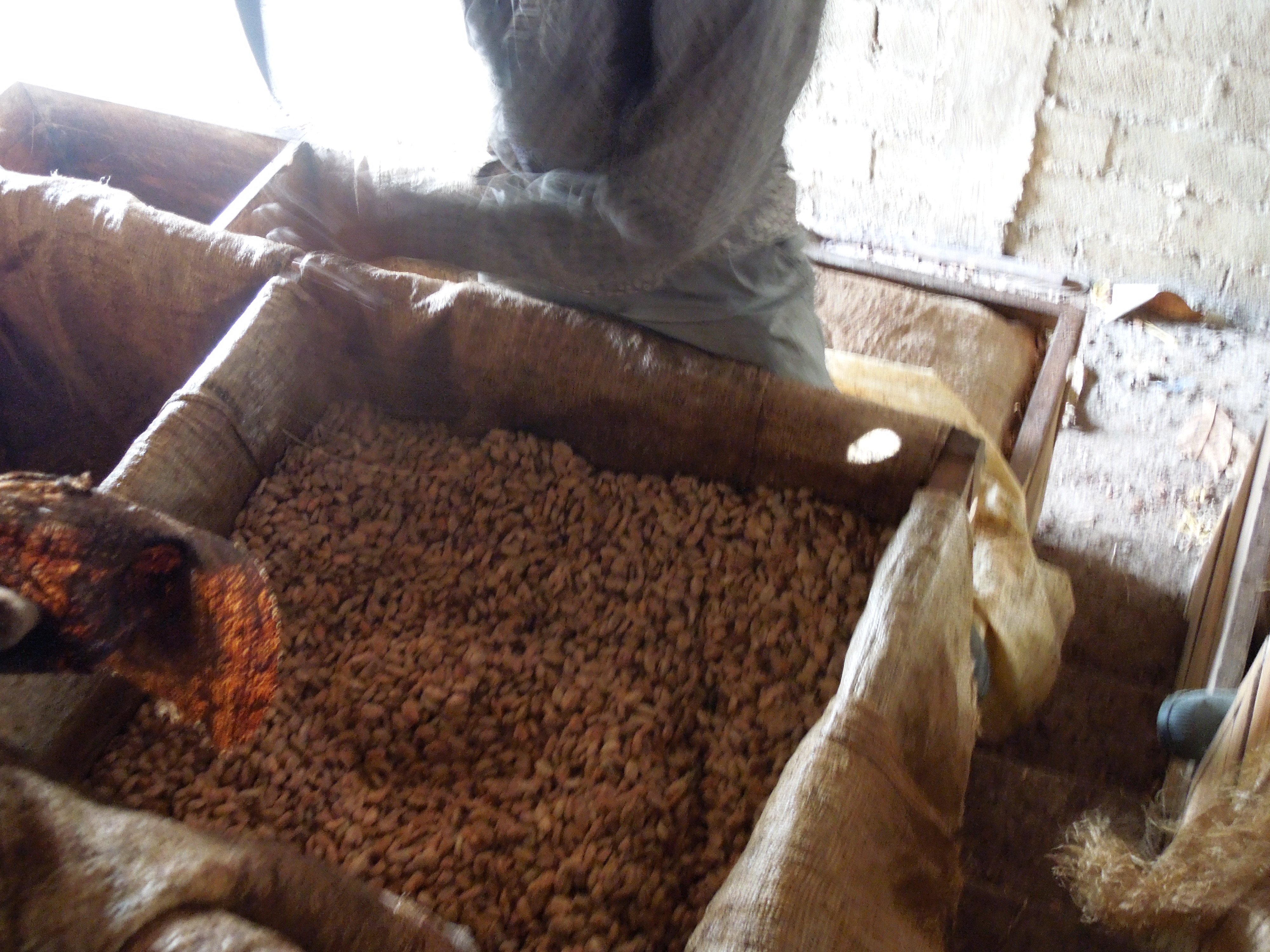
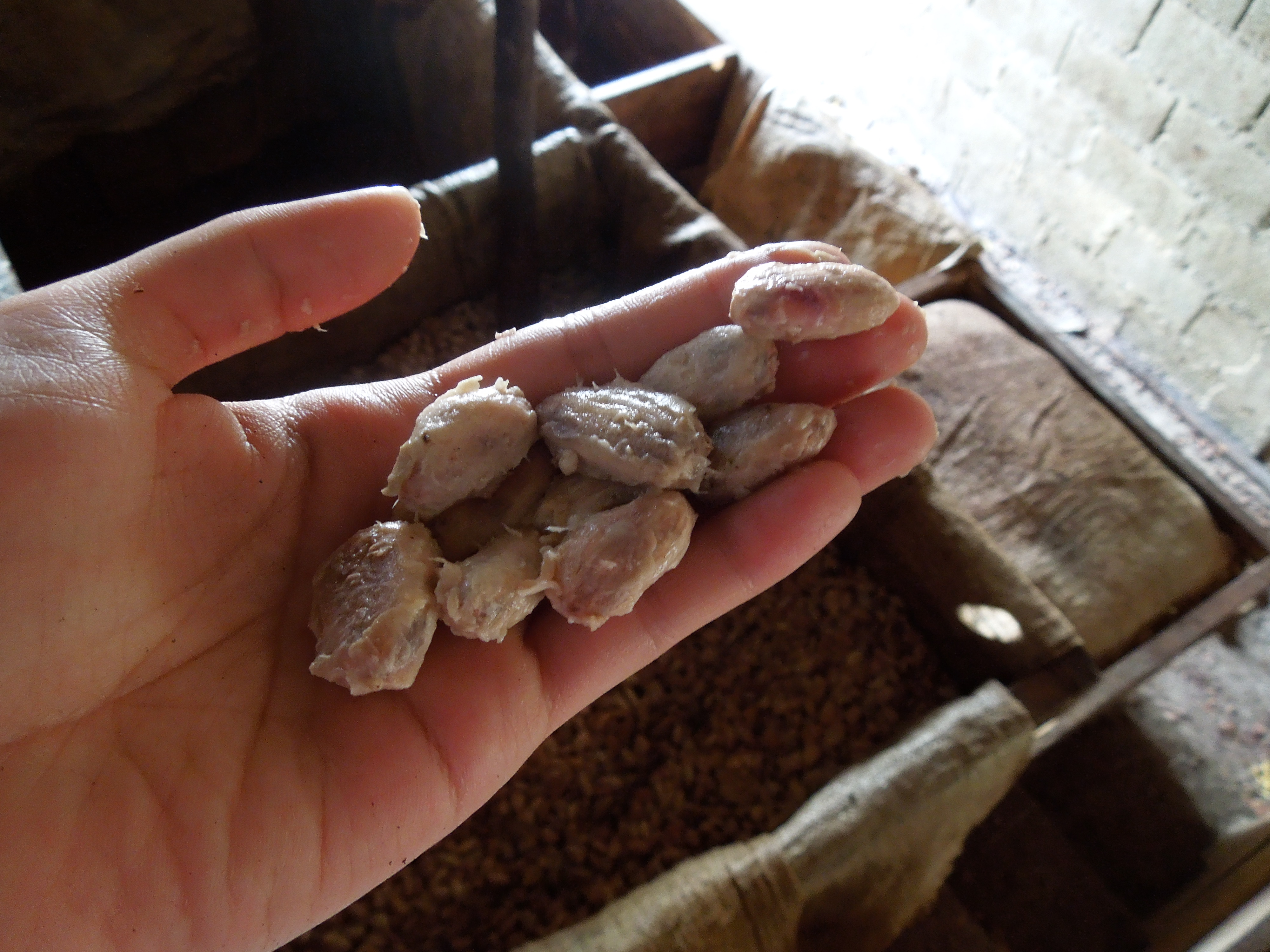
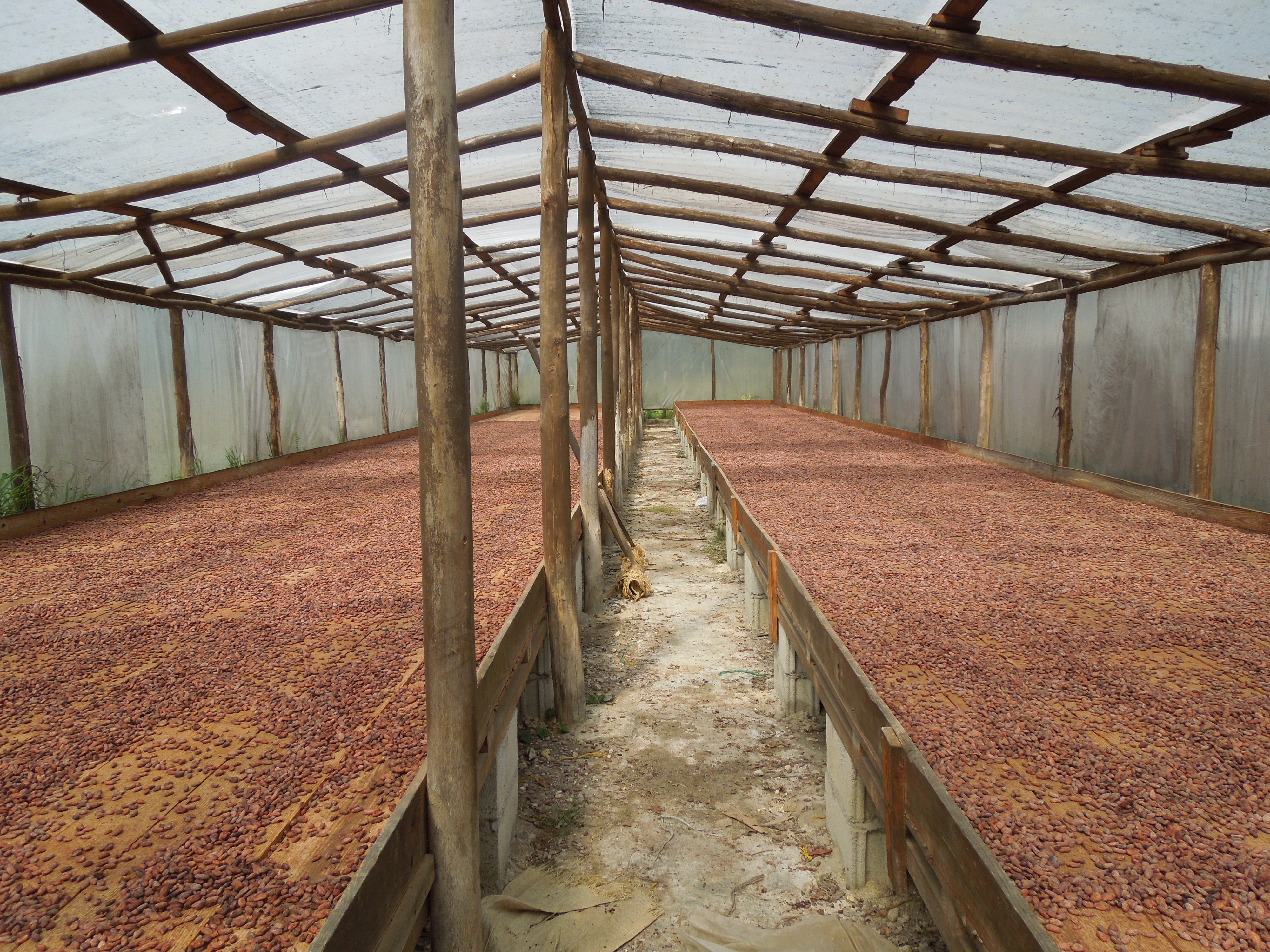
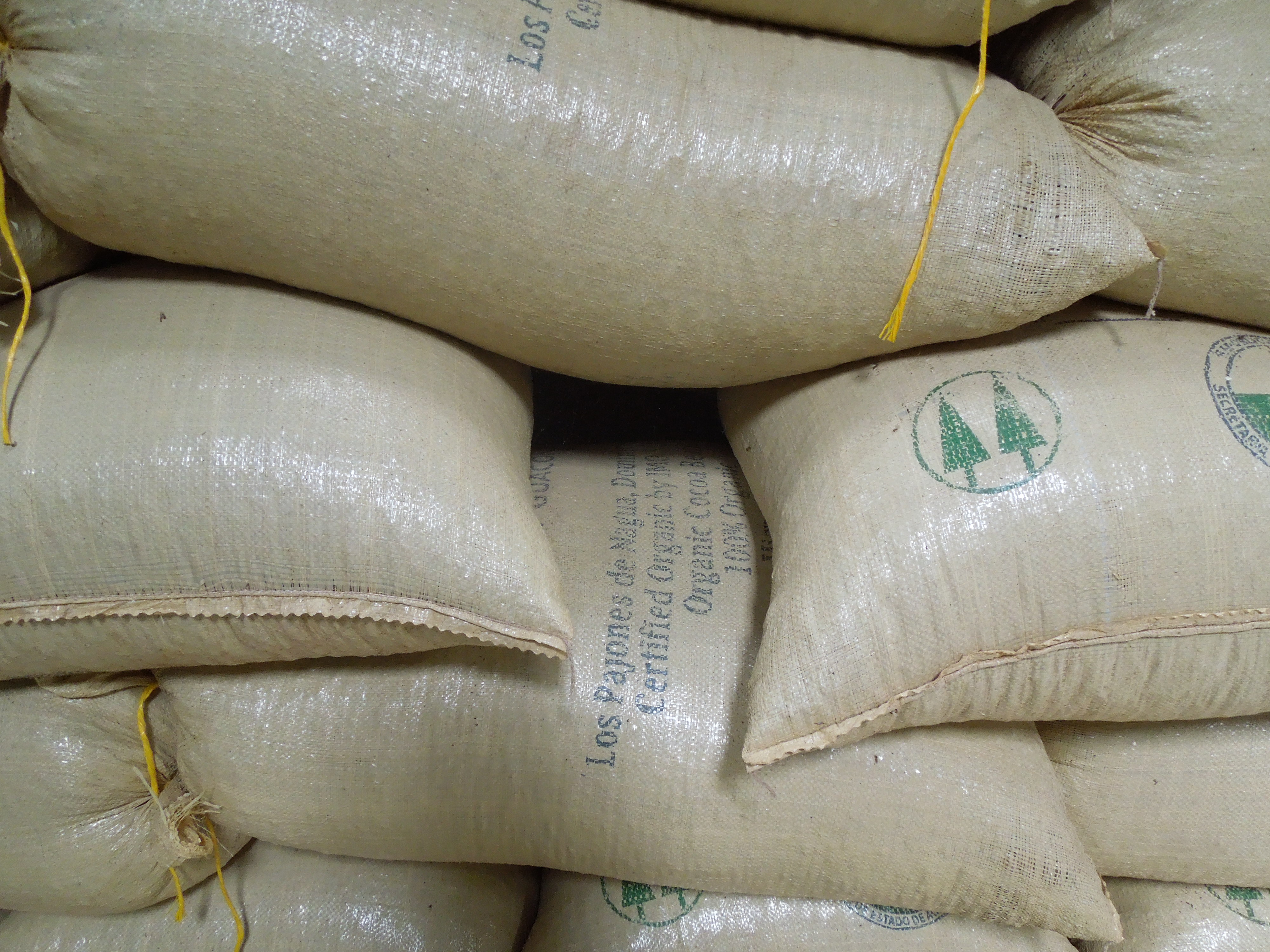
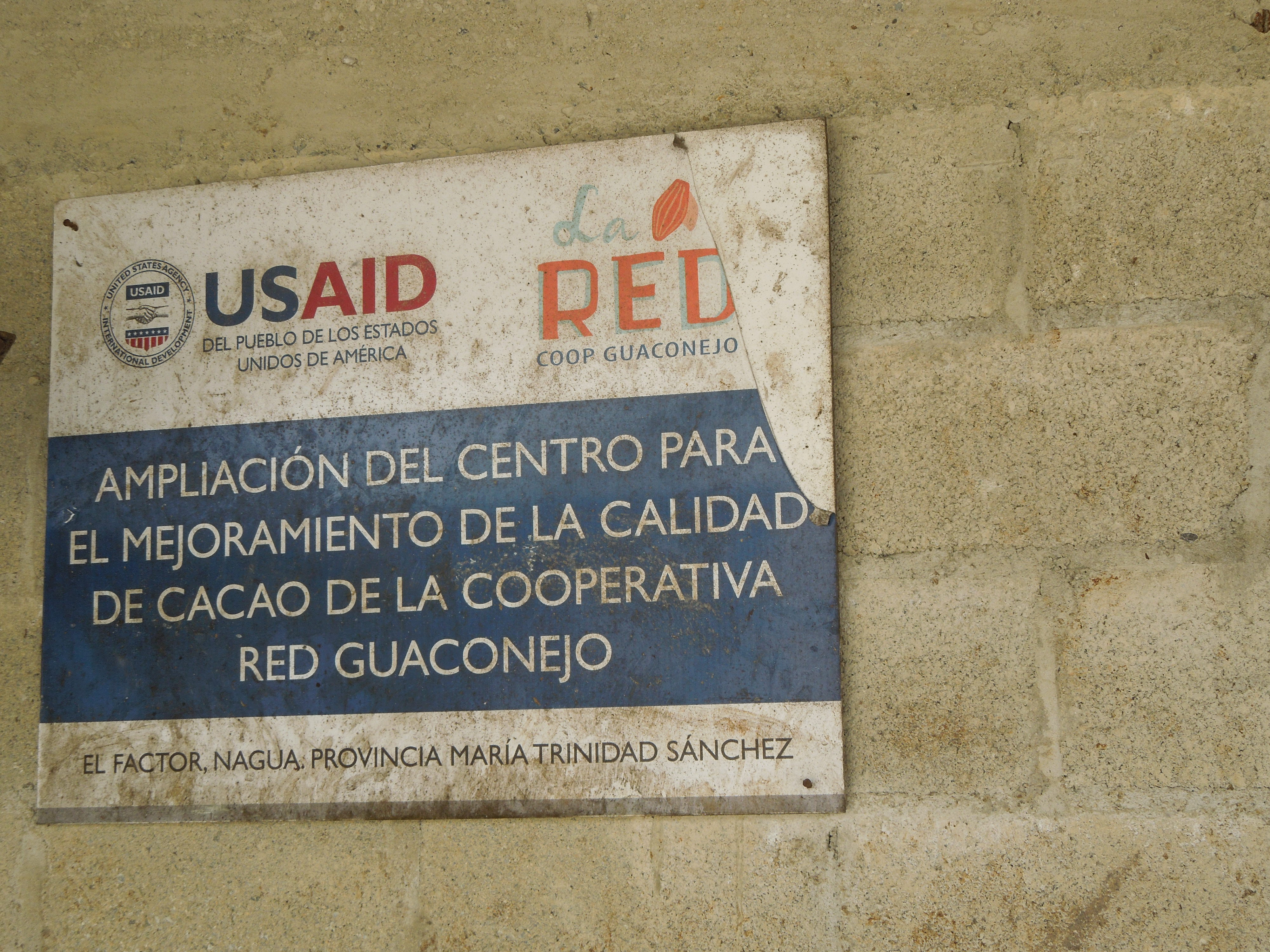
Lucia is a current Gastronomy student and program graduate assistant. She joined Taza Chocolate in February 2011 and is now a Production Assistant.